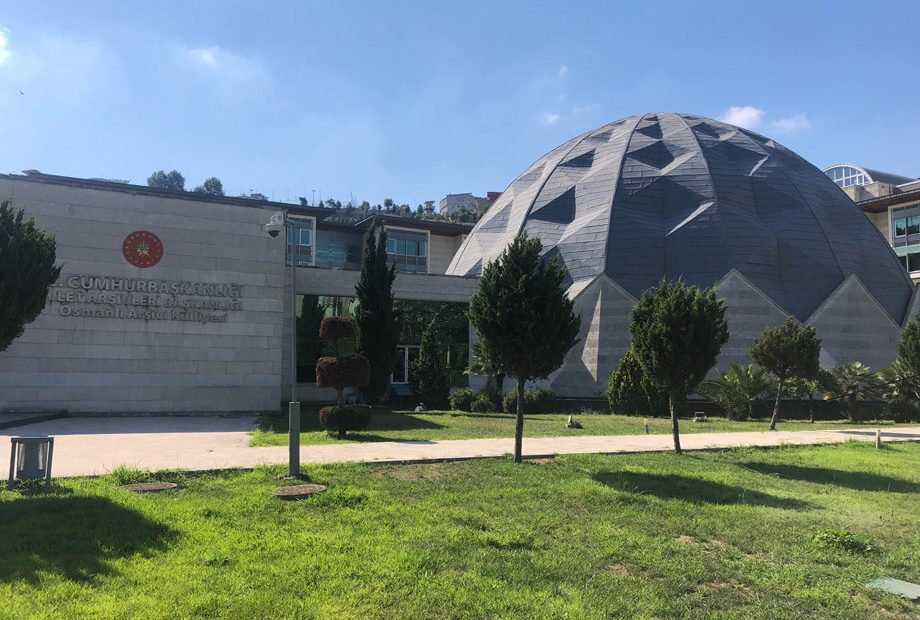Photos courtesy of the author.
Guest blogger, Yusuf Ciftci, is a medical student at Johns Hopkins University School of Medicine.
The Sultanate of Rum ruled over Anatolian Turkiye from 1077 through 1243 A.D. During this period, the Sultanate founded a well-functioning state rooted in bureaucracy and institutions. This state apparatus was supplemented with significant contributions to the fields of medicine, art, literature, and architecture. One such example is the Sifaiye Medresesi in Sivas, Turkiye. This magnificent structure was built in the early 13th century and became a leading center of medical education and patient care at the time.
During my childhood, I lived in Sivas, Turkiye (Turkey) and would frequently visit the Sifaiye Medresesi, literally "house of health." In addition to the grand architecture, I became fascinated with the notion that medical students, physicians and patients once considered this complex to be a place of healing. This fascination was soon supplemented with an intellectual curiosity regarding the history of medicine. This curiosity led me to conduct research on the history of medicine in the Ottoman Empire through the School of Medicine’s Scholarly Concentration Program.
At first, conducting research on the medical history of the Ottoman Empire seemed like an insurmountable task. Fortunately, I was able to meet with Dr. Ahmed Ragab, a professor in the Department of the History of Medicine and founding director of the Independent Center for Black, Brown, and Queer Studies. Under the invaluable guidance and mentorship from Dr. Ragab, I decided to focus on the Hamidian Era, a unique and transformative period, spanning from 1876 through1909. This was the last period of effective sultanate governance in the empire and succeeded the progressive Tanzimat Reforms of 1839-1876. Sultan Abdul Hamid II, the enigmatic sultan at the time, implemented several reforms — attempting to modernize institutions and centralize bureaucracy. More than 500 hospitals and medical schools were founded during this time, providing an opportunity to contextualize these reforms from a medical perspective.
During the initial stages of the project, I conducted a thorough review of the existing literature and secondary sources related to Hamidian Era medicine. Interestingly, much of the scholarship approaches this history from a colonial perspective, diminishing the role of Ottoman medical traditions in the practice of medicine during this era. Following this process, I traveled to Istanbul, Turkiye, where I searched for primary sources in the Ottoman State Archive (Picture 1). Conducting historical research was unlike anything I experienced throughout my undergraduate and medical education. My previous research endeavors were rooted in basic science and clinical research. Historical research presented a unique challenge compared with these fields, requiring the seamless integration of primary and secondary sources to craft a narrative history appealing to the reader. Nonetheless, with the guidance of Dr. Ragab and Semiha Akdeniz, a Ph.D. candidate in history at Istanbul Medeniyet University, I was able to find hundreds of primary documents, after spending several weeks in the archive (Pictures 2-5).
For the Ottomans, the hospital was an academic and social institution. The architecture and daily practice within major Hamidian Era hospitals (Mekteb-i-Tibbiye-i-Sahane, Hamidiye Etfal Hastahanesi) reveal that the Ottomans had an advanced understanding of disease and treatment. In the backdrop of classical Ottoman architectural motifs, hospitals were separated into distinct wards, depending on the etiology of illness. A dedicated group of physicians, nurses and students were responsible for patients in the ward. Physicians were trained with a standard curriculum consisting of contemporary and historical medical texts. As a result, the Ottoman Hospital became an academic center, providing patient care; facilitating medical education; and conducting research on common illnesses. Notably, the centralization reforms of the Hamidian Era were an important factor in facilitating this transformation of hospitals to academic centers. Moreover, the hospital functioned as a social institution, providing universal medical care and facilities for orphans and disadvantaged individuals in the empire (Darülaceze). These unique aspects of the Ottoman medical system are directly rooted in Ottoman medical history — a complicated and rich tradition, emphasizing the social and academic role of the hospital. Synthesizing these findings in a manuscript, I aim to contextualize medical reform and notions of modernity in the Hamidian Era, providing a critical and historical interpretation of medicine from a multiple modernity perspective.
On a personal level, conducting historical research solidified an important principle that has shaped my medical journey thus far. Medicine is an interdisciplinary profession, requiring mastery of various fields. The foundational beliefs of a physician can be viewed as a dichotomy, consisting of tangible scientific principles and intangible social values. The scientific principles of medicine are rooted in the physical sciences, biochemistry, molecular biology, anatomy, pharmacology, among others. Similarly, the social foundations of medicine comprise a wide-ranging field, including subjects such as history, medical ethics, humanism and philosophy. Studying the history of medicine provided me with an opportunity to amalgamate this dichotomy into a cohesive of study of medicine, politics and culture in the Ottoman Empire. My journey through the history of medicine demonstrated that the synthesis of the tangible and intangible is an important step toward achieving mastery in medicine.
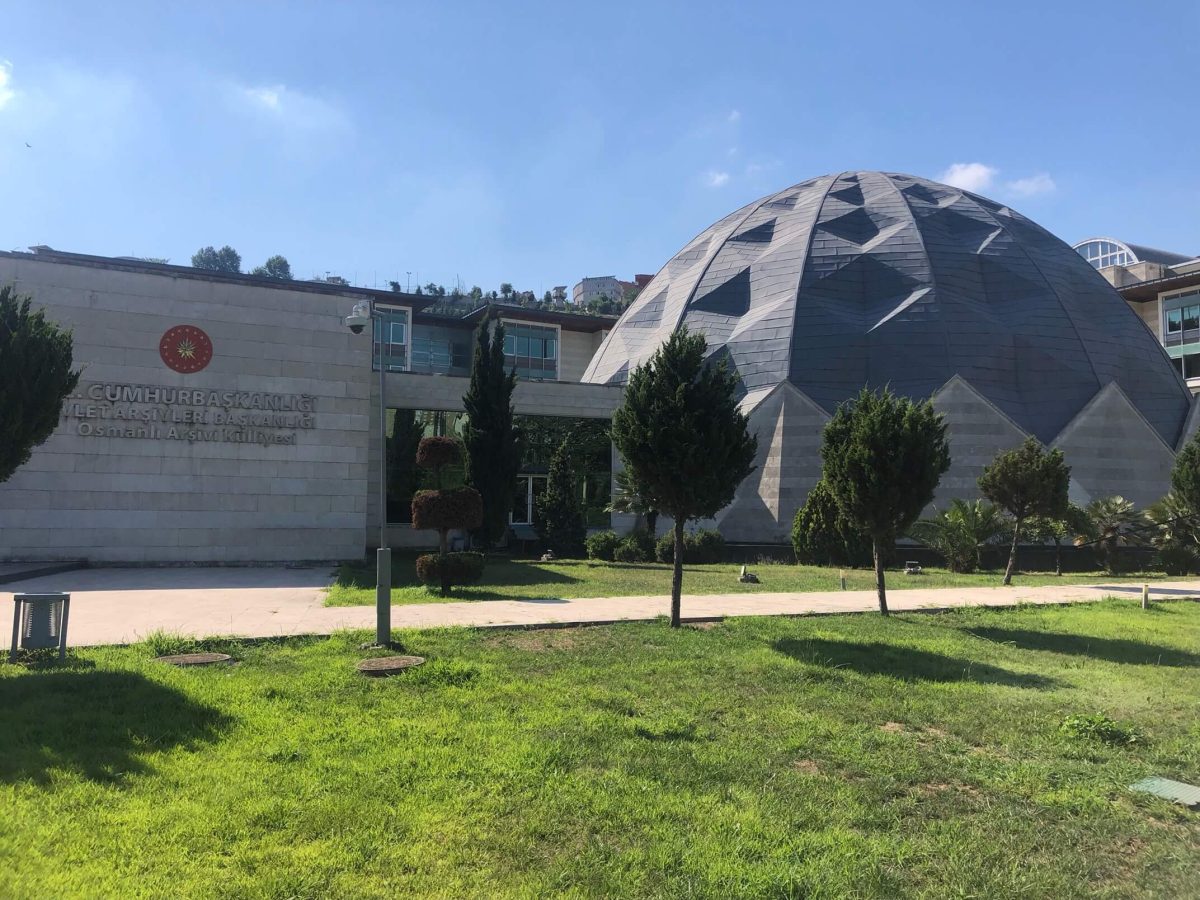
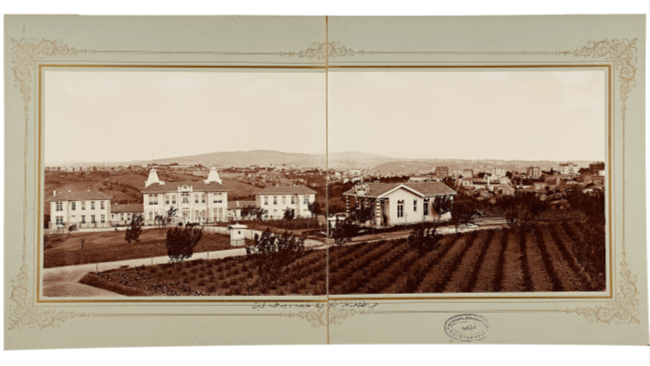
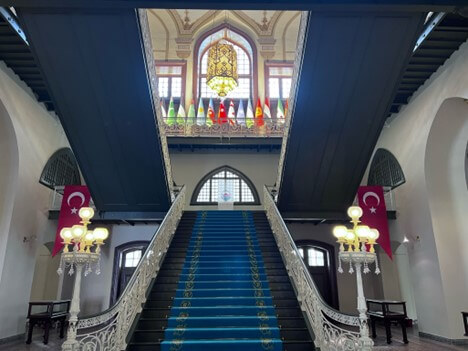
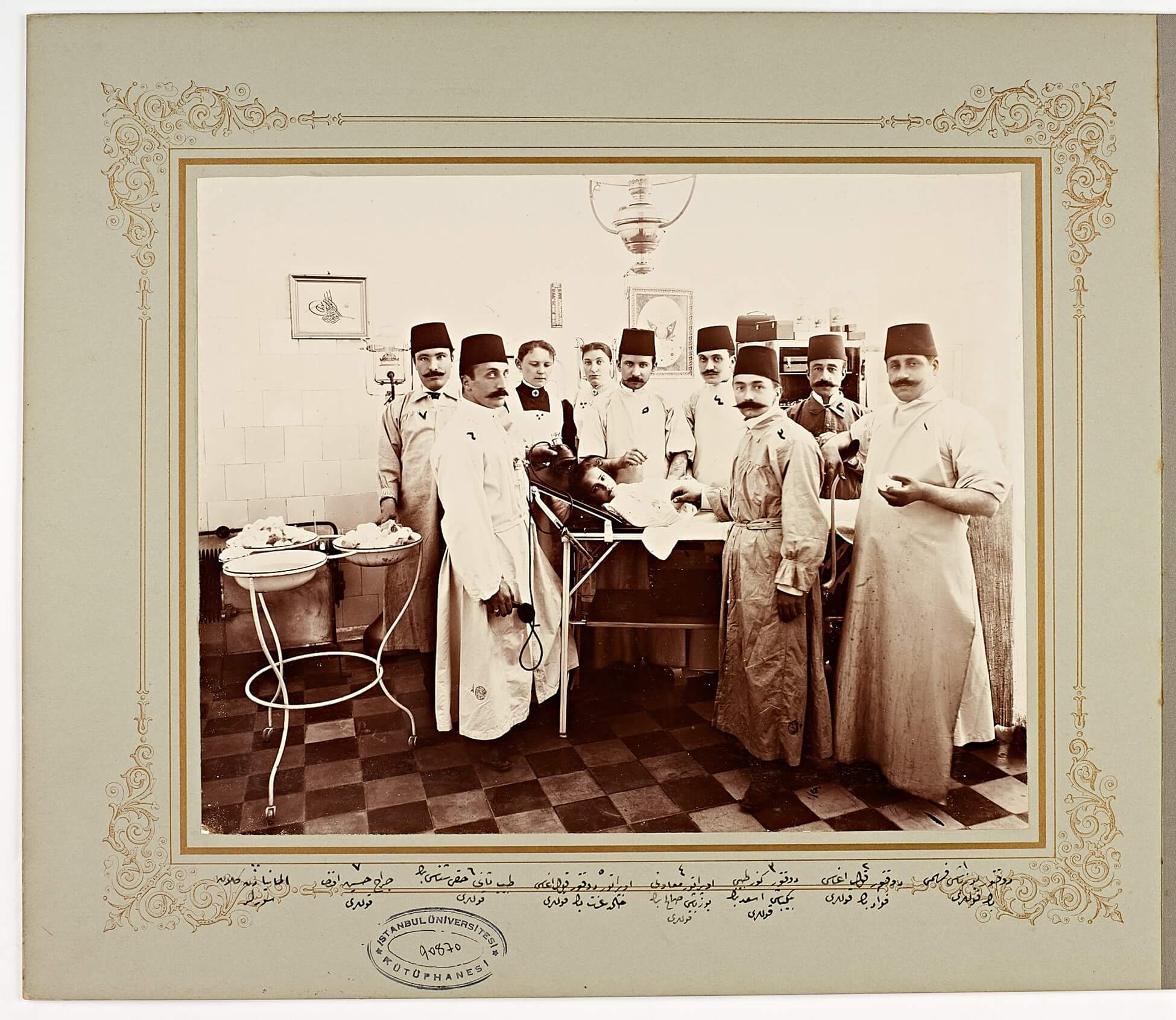
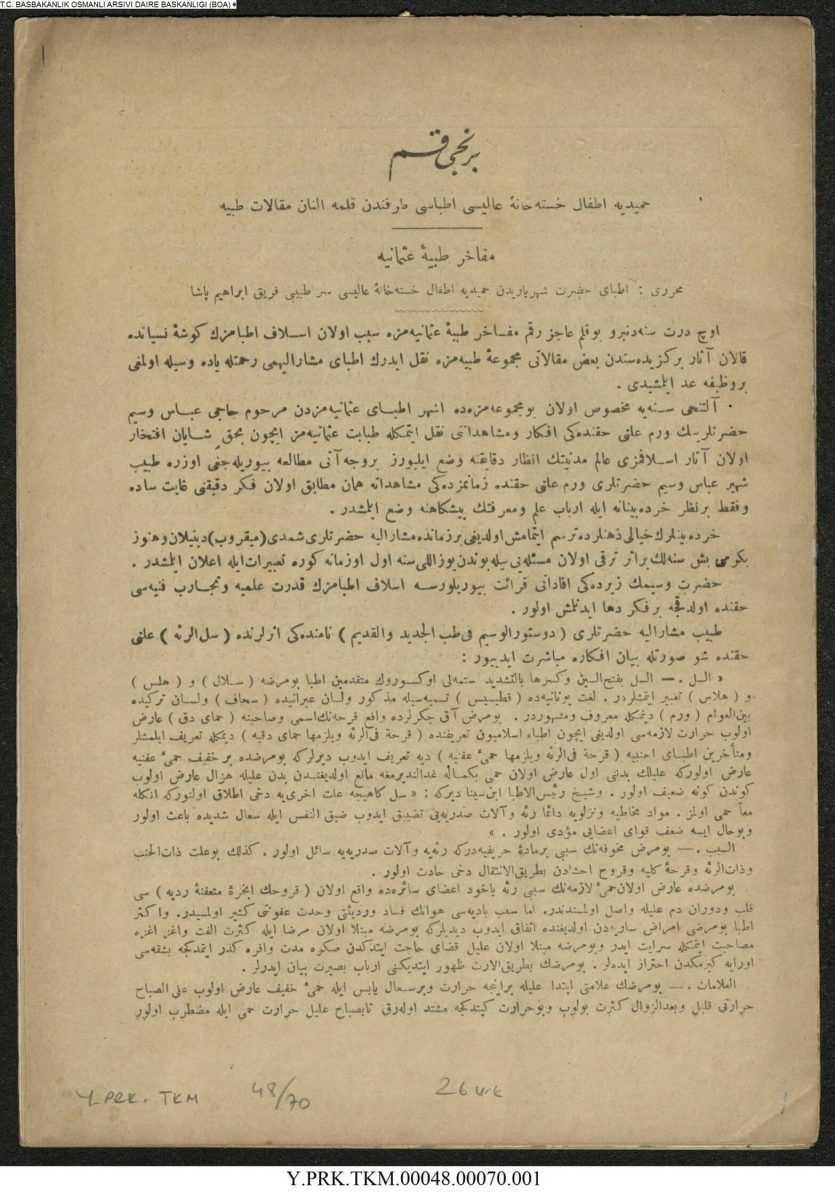
Related Content
- Med Student Creates Animated Documentary for Scholarly Concentration Project
- Excelling at Hopkins: How to Make the Most of Your Time in Graduate School
- Summer Reading from the Hopkins History of Medicine Department
Want to read more from the Johns Hopkins School of Medicine? Subscribe to the Biomedical Odyssey blog and receive new posts directly in your inbox.
